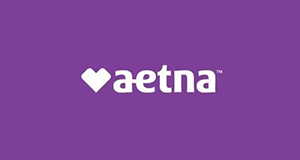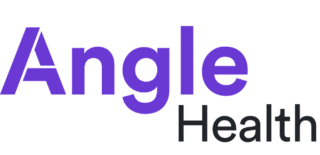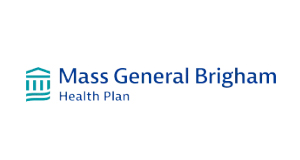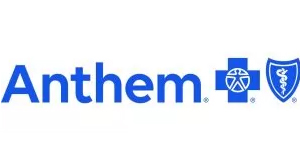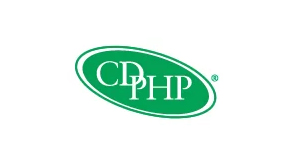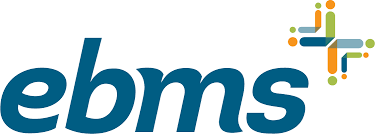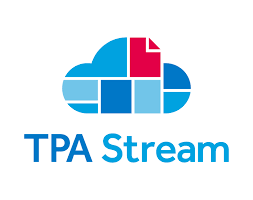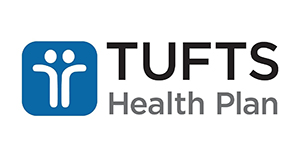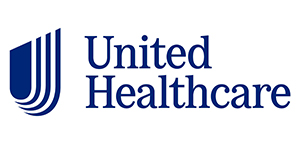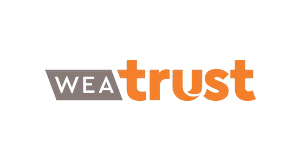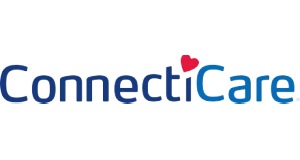
Are You ERISA Compliant? Follow This Checklist
Table of Contents
Are you an employer providing retirement and healthcare plans to your employees? Do you want to learn how you can become Employee Retirement Income Security Act (ERISA) compliant? If the answer is yes, then you've come to the right place. This guide simplifies ERISA compliance requirements and offers a checklist to help you ensure you're compliant.
What Is ERISA Compliance?
The Employee Retirement Income Security Act sets the minimum standards for most voluntarily established retirement and health plans in the private sector. It regulates businesses that provide benefit packages to their employees. ERISA compliance requires employers to follow specific administrative guidelines to ensure employees know their options and how to use their benefits.
The federal government enacted ERISA in 1974 to hold fiduciaries accountable for their actions with respect to the maintenance of certain retirement and health plans. Fiduciaries include people who manage employee benefits plans or assets, exercise discretion in administering the program and provide investment advice, typically for a fee. Fiduciaries must follow the standards provided by the law, or they may be held responsible for any losses.
A division of the United States Department of Labor (DOL), the Employee Benefits Security Administration (EBSA), enforces Title I of ERISA. The agency supports and educates employees, corporations and plan managers about retirement and healthcare plans. It ensures the safety of the assets of U.S. workers by monitoring inappropriate activities pension managers may take. The Internal Revenue Service (IRS) oversees Title II of ERISA. This part outlines the standards by which plans can receive beneficial tax treatment.
The EBSA has many offices in the country responsible for investigating violations of Title I of ERISA. These offices also handle complaints and inquiries from employees and pension plan administrators. ERISA applies to employees of limited liability companies, partnerships, C corporations, S corporations and non-profit organizations. Businesses with one employee offering retirement and health plans may also be covered.
What Benefits Does ERISA Cover?
Any retirement plan providing retirement income in the future or an opportunity for employees to contribute wages to retirement may be considered an ERISA plan. Examples of the primary benefits that ERISA cover include:
- Vision
- Dental
- Cancer policies
- Wellness programs
- Prescription benefits
- Health savings accounts (HSAs)
- Flexible spending accounts (FSAs)
- Specific employee assistance programs
Pensions and other plans provided by the federal, state or local government and churches are typically excluded from ERISA.
What Is the ERISA Compliance Checklist?
Answering the following questions will help you know whether you’re compliant with ERISA standards:
- Do you provide ERISA welfare or health benefits to your employees?
- Do you have an ERISA plan document?
- Do you have a summary plan description (SPD)? If yes, have you distributed it to each employee within 90 days of their first day of coverage?
- Have you amended your SPD or ERISA plan document? If yes, did you provide the employee with a summary of material modification?
- Do you have over 100 enrolled employees in any benefit plan? If yes, have you ever filed a Form 5500 with applicable schedules?
- If you have filed a Form 5500, have you ever completed and distributed a Summary Annual Report?
- Have you ever been audited by the DOL?
- Has an employee ever filed a claim for violation of their rights?
- Do you have other ERISA plans, such as a 125 plan with HSAs or FSAs? If yes, do you have separate SPDs and ERISA plan documents? Have the SPDs and ERISA plan documents been assigned ERISA plan numbers?
The checklist above is helpful, but examining the requirements in detail is vital. ERISA standards may be categorized into two — ongoing and calendar criteria.
Ongoing Requirements
Specific deadlines do not bind these requirements but must always be maintained. In some cases, these requirements arise when certain events occur. Here are some examples:
- Enrollment opportunities: Fiduciaries must allow employees to enroll once they meet the plan age and service requirements. You must also provide employees with the necessary information, applicable notices and an SPD. The SPD informs the participant about what the plan offers and how it operates.
- Participant fee disclosures: Fiduciaries must send a fee disclosure to all participants every 12 months with an account balance. This applies to plan-eligible and terminated employees and their beneficiaries.
- Deposits: Fiduciaries must ensure the on-time deposit of employee deferrals and loan payments. Most administrators make the deposits when they file payroll taxes.
- Loan repayments: Outstanding loans must be repaid in accordance with the terms of the policy and the borrower’s promissory note.
- Notices of plan changes: Fiduciaries must notify participants of any changes 30 to 90 days before the effective date.
- Plan documents: You must ensure the plan management adheres to the plan document's terms. The IRS typically treats deviations as operational defects, which can result in plan disqualification if not remedied.
Calendar Requirements
Most ERISA standards must be complied with within specified timeframes. The following breaks them down by quarter:
- First quarter: You must disperse fourth-quarter benefits statements to participants within 45 days.
- Second quarter: You must provide the required minimum distributions to participants who turned 72 in the previous year. You must also disperse first-quarter benefit statements to participants within 45 days, as well as any excessive deferrals exceeding the IRC section 401(g) amount limit.
- Third quarter: You must provide participants with a SAR for the previous year with an updated SPD if there are any changes. You must also file Form 5500 or Form 5558 for an extension.
- Fourth quarter: You must pay excise taxes and distribute third-quarter benefits statements to participants within 45 days. You must also correct any actual deferral percentage and actual contribution percentage nondiscrimination test failures and send the relevant notices to the applicable participants.
How The Difference Card Can Make You ERISA Compliant
The Difference Card offers ERISA compliance services to support employers and protect you against costly penalties. We provide all administrative clients with unlimited plan documents, restatements, amendments and nondiscrimination testing. All these services and more are fully included for advanced compliance and protection.
The Difference Card is a practical solution that provides businesses with the necessary tools and resources to stay compliant with ERISA regulations. We ensure all plan documents and notices are kept up-to-date, and all participants are informed of any changes to the plan.
Partner With The Difference Card to Stay Compliant
ERISA sets minimum standards for employer-sponsored health plans. Private-sector employers must adhere to retirement and healthcare plan requirements to protect employees. Due to the complex nature of the requirements, employers utilize advanced administrative support systems to stay compliant.
The Difference Card helps employers reduce their healthcare spend while complying with regulatory demands. Each client has a dedicated account manager to address their needs. We help clients make the best of their plans. Request a proposal today.




